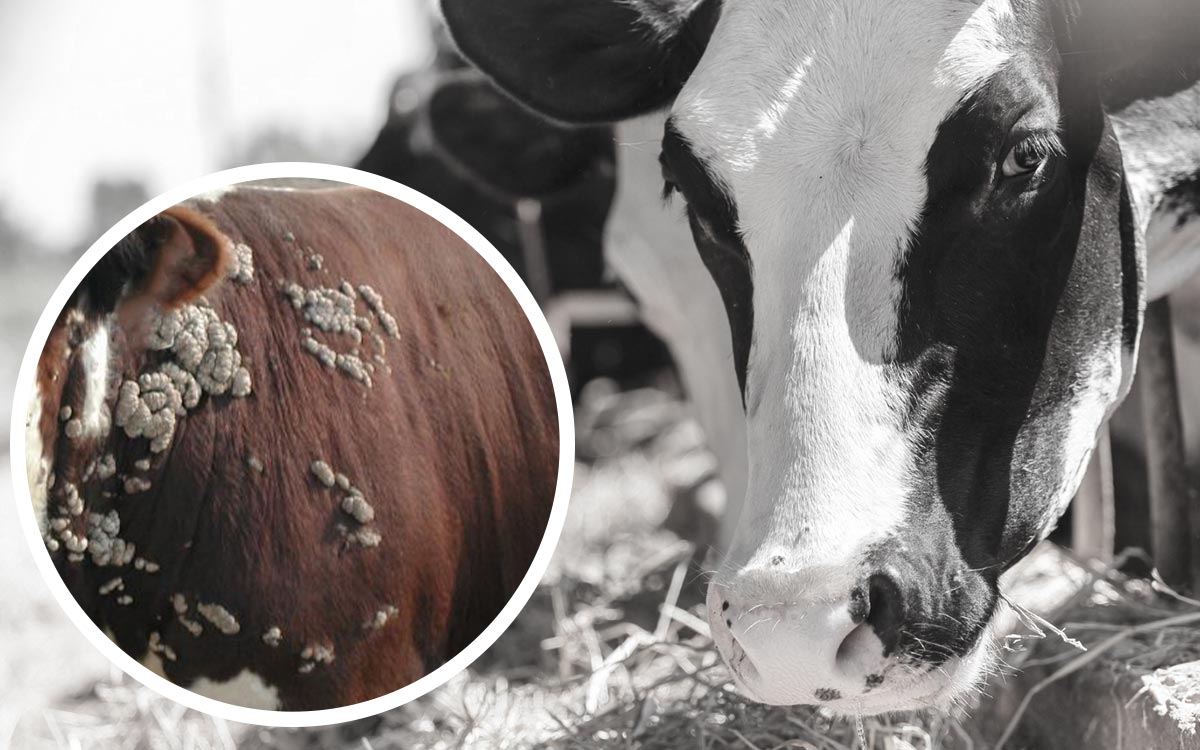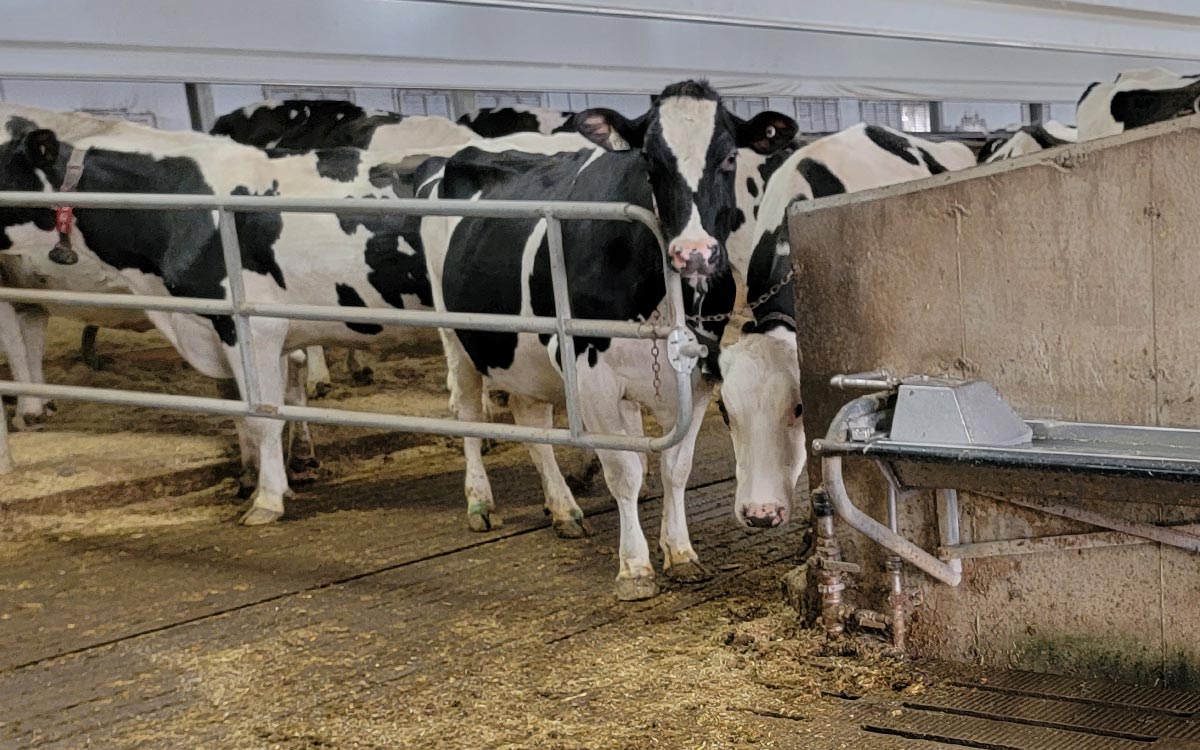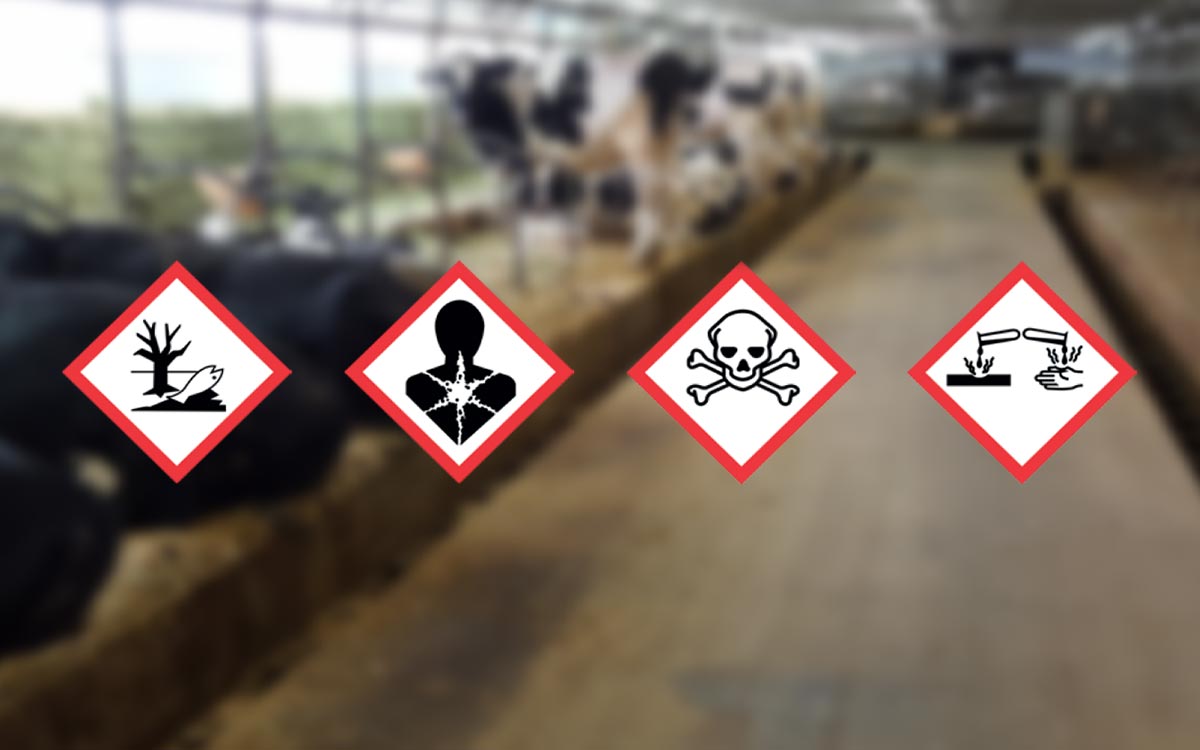Among horned livestock, goats are the most curious and active by nature. For this reason, their horns are often removed for their own and others’ safety. So, how fast do goat horns grow?
Goat horns grow quite quickly, so disbudding must be done within three weeks of the animal’s birth. During that period, horn tissue has just emerged but hasn’t grown into bone yet. After that, the horns become more permanent, and their removal requires a more complex procedure called dehorning.
Knowing how fast goats grow their horns is vital in livestock care as it tells owners when they should disbud or dehorn. The incorrect timing of such procedures can be dangerous, if not fatal, for the animals, as you’ll learn in this article.

Record Keeping Worksheet
Horn Growth Rate in Different Life Stages of Goats
Sources state that goat horns never stop growing, nor are they shed. However, they grow at different rates throughout the animal’s life.
In one study, scientists monitored the horn growth of mountain goats over nine years. They found that horn growth was relatively rapid at first but slowed down after five years.
They also established that male mountain goats grew horns faster than females in the first few years, but over time, the horn growth rate in does became faster than in bucks.
While the findings of those studies mainly apply to mountain goats, they are consistent with the trends observed in other goats, especially those raised for dairy or meat production.
Owners and veterinarians often try to intercept such rapid horn growth rates by disbudding and dehorning at an early age. If these procedures are delayed, the animal and the person handling them could be exposed to danger.
Goats Younger Than Three Weeks Need Disbudding
A goat under one year of age is called a kid. Kids are disbudded as early as three to seven days after birth. That may seem young, but the maximum age for disbudding is often three weeks — beyond that, the animal will need dehorning.
Firstly, what is disbudding? It is a non-invasive procedure that destroys or removes horn buds or cells that lead to horn growth. It’s like nipping a bud before the flower has emerged.
At under three weeks old, the horn buds are still on the surface of the kid’s head and are just starting to attach to the bone. They are yet to grow through the skull bone and form a connection with the frontal sinus. Thus, it’s safer and easier to remove them. The recommended ages for disbudding may also vary per breed.
Goat Breeds
European
Nigerian Dwarf
Pygmy

Both methods cause pain to the kids, so pain management should be considered. Analgesics (painkillers) are often administered to treat the pain. With the hot iron method, anesthesia may also be used during the procedure.
If you decide on disbudding your kids, consult with a veterinarian, especially if you are not an expert. They will know best what method to apply, how to do these procedures safely, and what treatment to prescribe for the pain.
Intra Repiderma is used after disbudding or dehorning to promote healthy skin growth. This product comes in an easy-to-use aerosol can and has unique properties.
Proper disbudding is crucial for both safety and efficiency. If done incorrectly, it can leave scars, which are partial or incomplete horn growths.
Goats Younger Than Six Months Need Dehorning
After three weeks, disbudding may no longer be possible. The horn cells may have already established themselves beyond the head’s surface, forming connections with the skull and sinus. To remove them properly, a more invasive procedure is necessary.
Dehorning is the process of removing the horns of a goat. It is recommended for kids younger than six months but older than three weeks. Only veterinarians or experts should dehorn as anesthesia may be necessary, and any minor error could significantly impact the animal. It is important to consult with local authorities about the legal boundaries for this procedure.
You’ll also need expert advice on how to manage the pain and prevent infection. Since dehorning is an invasive procedure, there is a very high chance of infection because holes are left in the head, exposing the insides. Bandages will be needed. Again, Intra Repiderma can be a great solution for ensuring and promoting skin health after this procedure.
Fear of infection is why the procedure is often scheduled for late fall or winter. During this season, fewer flies can leave maggots inside the holes of the kid’s head.
Adult Goats Should Not Be Dehorned
Beyond six months, the risks of dehorning your goat are much more significant. The horn cells or tissues may have already been fully embedded or connected with the skull bones.
Dehorning at this stage may be more invasive than for kids. It also takes longer to heal, at least 4 to 6 weeks. During that period, it is necessary to pay close attention to prevent, detect, or treat possible infections.
Thus, unless it is vital and recommended by your vet, do not dehorn your adult goats. However, you can ask if tipping or trimming (removing a few extra inches of the horn) is possible.
For instance, you might think that dehorning is okay if the horns are cracking or showing abnormal signs of growth. However, even then your best bet is to consult a veterinarian; they’ll be able to guide you as to the cause and fix it accordingly. For more information, check out my article on why goat horns can start cracking.
Final Thoughts
Goat horns grow quickly, especially when the animals are young. You’ll need to disbud your goats before they are three weeks old to avoid complicated and invasive procedures such as dehorning. Disbudding may be painful, but it is much safer and carries less risk of infections.
Sources
- Science Trek: Mountain Goats: Facts
- Oxford Academic – Journal of Mammalogy: Horn Growth in Mountain Goats (Oreamnos americanus)
- Cornell College of Agriculture and Life Sciences: Disbudding Goats
- Ontario Goat: Make disbudding less painful for everyone
- MSD Veterinary Manual: Breeding and Parturition of Goats
- Queensland Government AU: Preventing and managing ingrown horns for livestock welfare
- Alabama A&M & Auburn Universities Extension: Herd Health Management – Dairy Goats and Sheep
- National Library of Medicine: Dehorning the adult goat
- Animal Welfare Victoria: Code of Accepted Farming Practice for the Welfare of Goats




